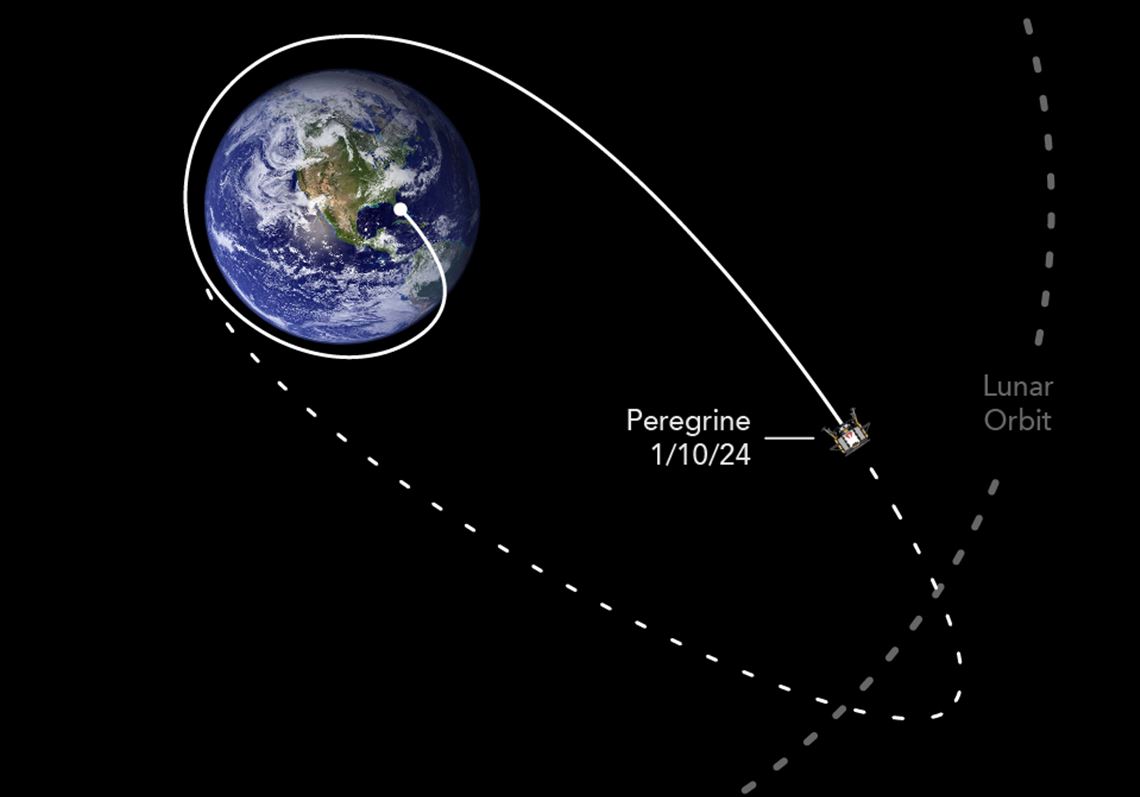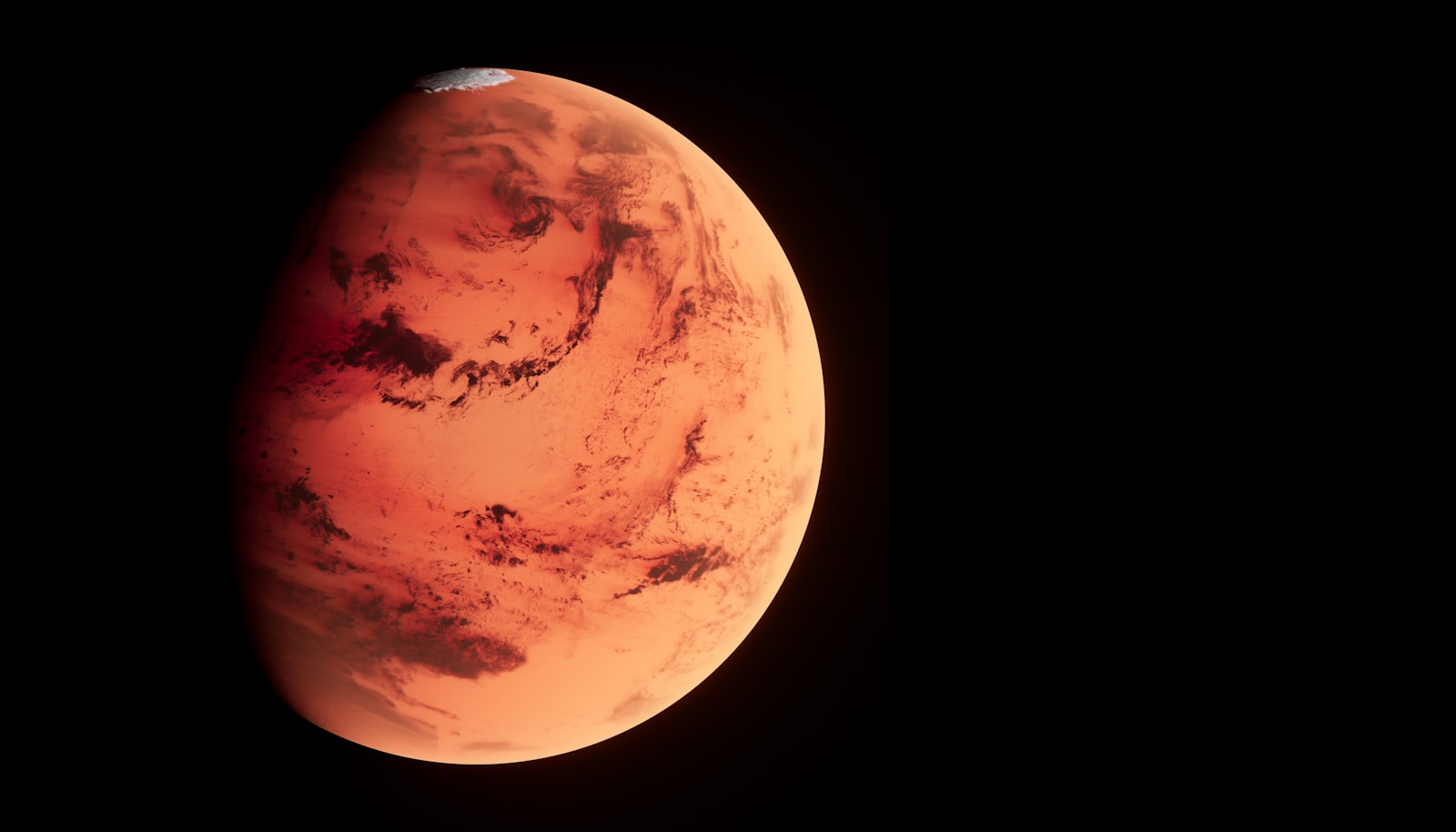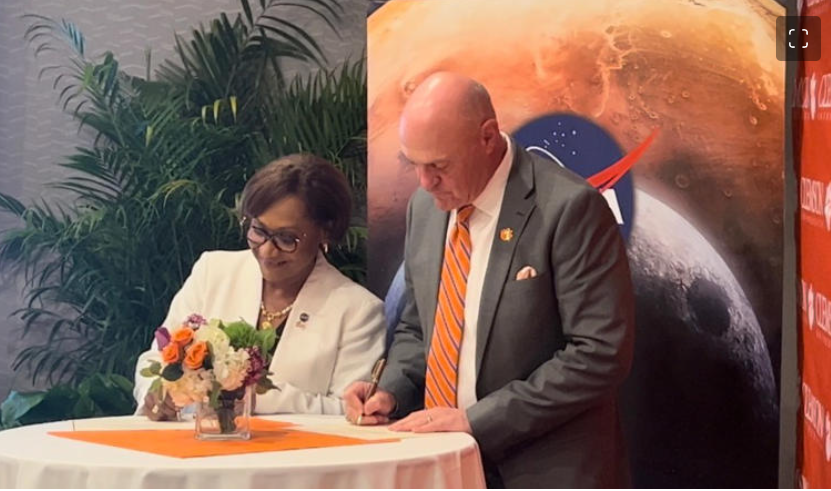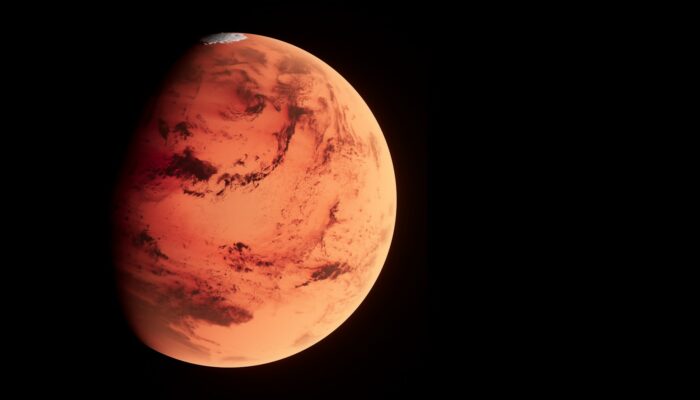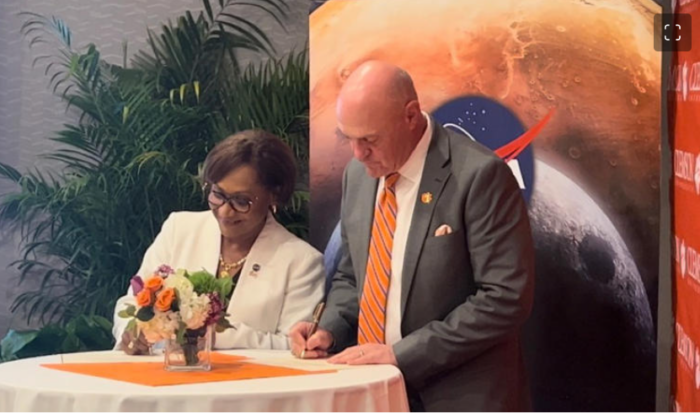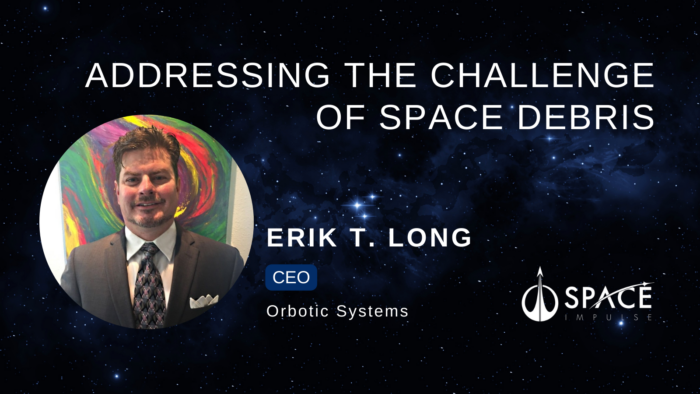Insider Brief:
- Despite technical setbacks that have made a lunar soft touch-down impossible, Astrobotic’s Peregrine spacecraft has successfully powered up several of the lander’s payloads and is currently collecting and transmitting valuable data.
- The mission’s predicted lifespan has increased, with NASA estimtating that the spacecraft had approximately 48 hours of propellant remaining, during their latest mission update, a significant improvement from previous estimates.
- Two specific instruments, NSS and LETS, are actively measuring the radiation environment in the space surrounding Earth and the Moon, providing complementary insights into galactic cosmic ray activity and space weather phenomena caused by solar activity.
- Image credit: Astrobotic
Shortly after successfully launching on the Vulcan rocket on January 8, the Peregrine lunar lander, operated by private company Astrobotic, encountered a critical problem that prevented it from completing its planned moon landing mission. However, the dedicated team of engineers has successfully stabilized the spacecraft, allowing the lander to remain operational in the cislunar environment.
Despite the setback, NASA’s scientific payloads aboard the Peregrine lander have been activated and several are actively collecting and transmitting valuable data as reported by Astrobotic. Instruments such as the Neutron Spectrometer System (NSS), (LETS), Peregrine Ion Trap Mass Spectrometer (PITMS), and Near Infrared Volatile Spectrometer System (NIRVSS) are all fully operational and currently contributing data to ongoing scientific research.
Joel Kearns, deputy associate administrator for exploration at NASA’s Science Mission Directorate, highlights the importance of the ongoing measurements and operations of these onboard instruments. Kearns emphasizes that the data collected will offer invaluable experience for future Commercial Lunar Payload Services (CLPS) lunar deliveries.
Astrobotic estimated that the spacecraft had approximately 48 hours of propellant remaining, during their thirteenth mission update, a significant improvement from previous estimates. The slowed leak rate, while difficult to predict, is providing an unexpected opportunity to collect extensive scientific data and assess the performance of the instruments onboard.
Two specific instruments, NSS and LETS, are actively measuring the radiation environment in the space surrounding Earth and the Moon. These measurements are crucial, providing complementary insights into galactic cosmic ray activity and space weather phenomena caused by solar activity. Understanding these radiation conditions is vital for comprehending their impact on both humans and electronics in space.
So while the original mission of a soft touch-down on the moon is no longer in the books, Astrobotic’s Peregrine lunar lander continues to be a beacon of scientific exploration, delivering critical data that will contribute to our understanding of space and its impact on various elements in the cosmos.
Read more about the mission and launch.
For more market insights, check out our latest space industry news here.
Share this article:
